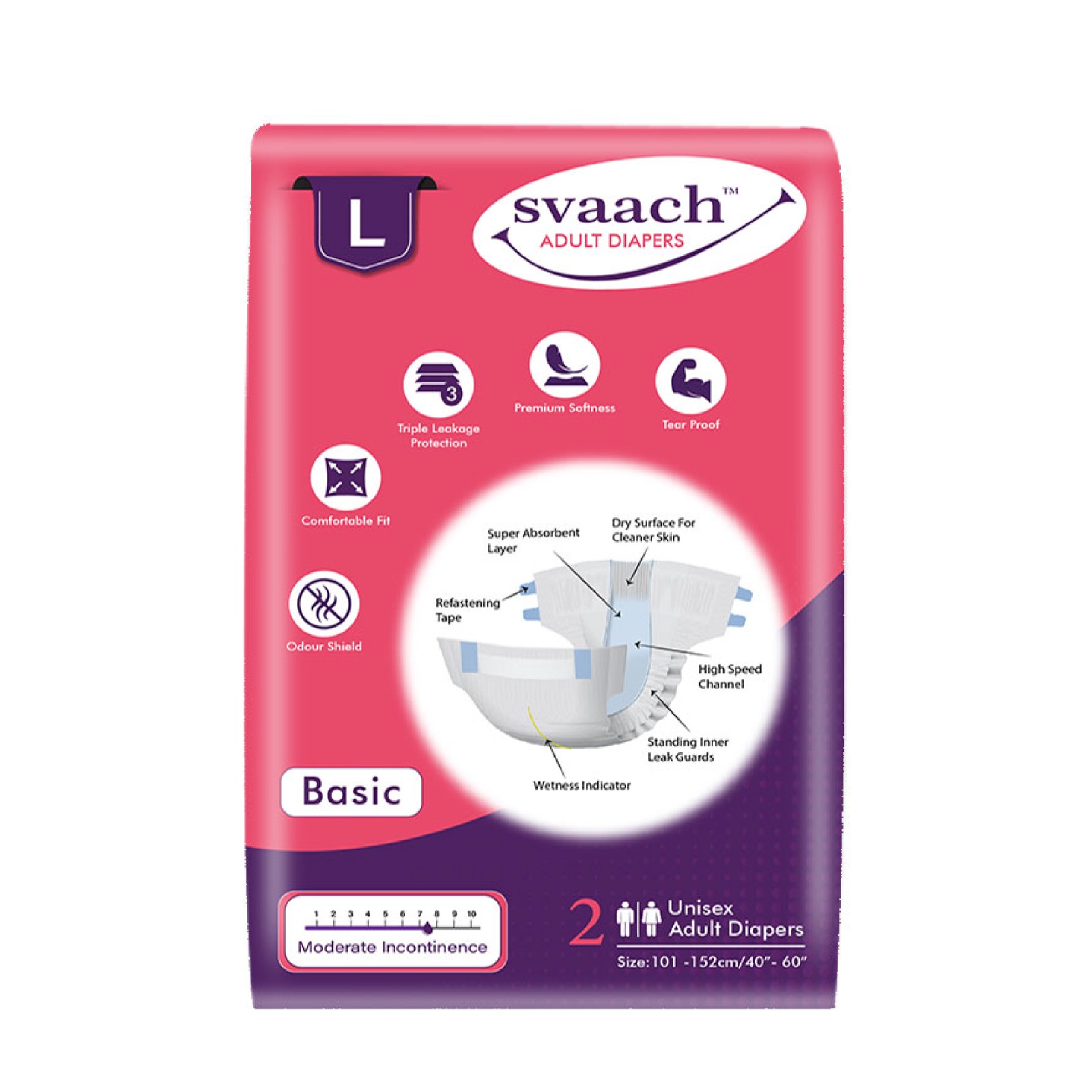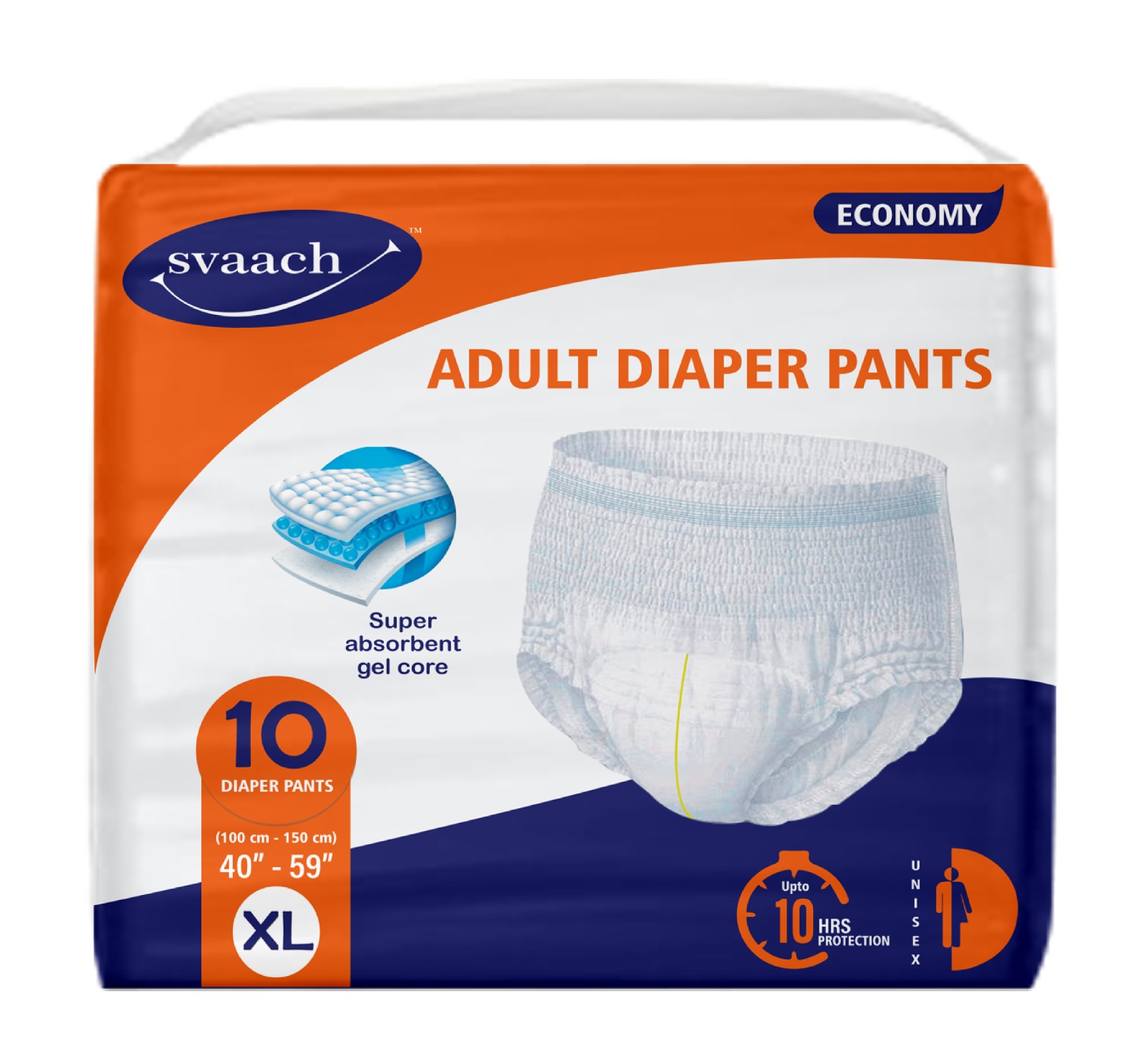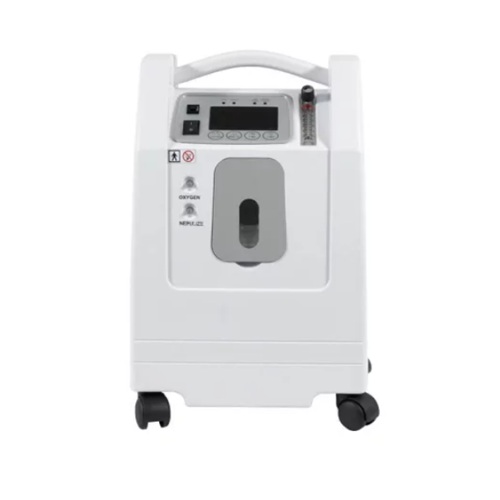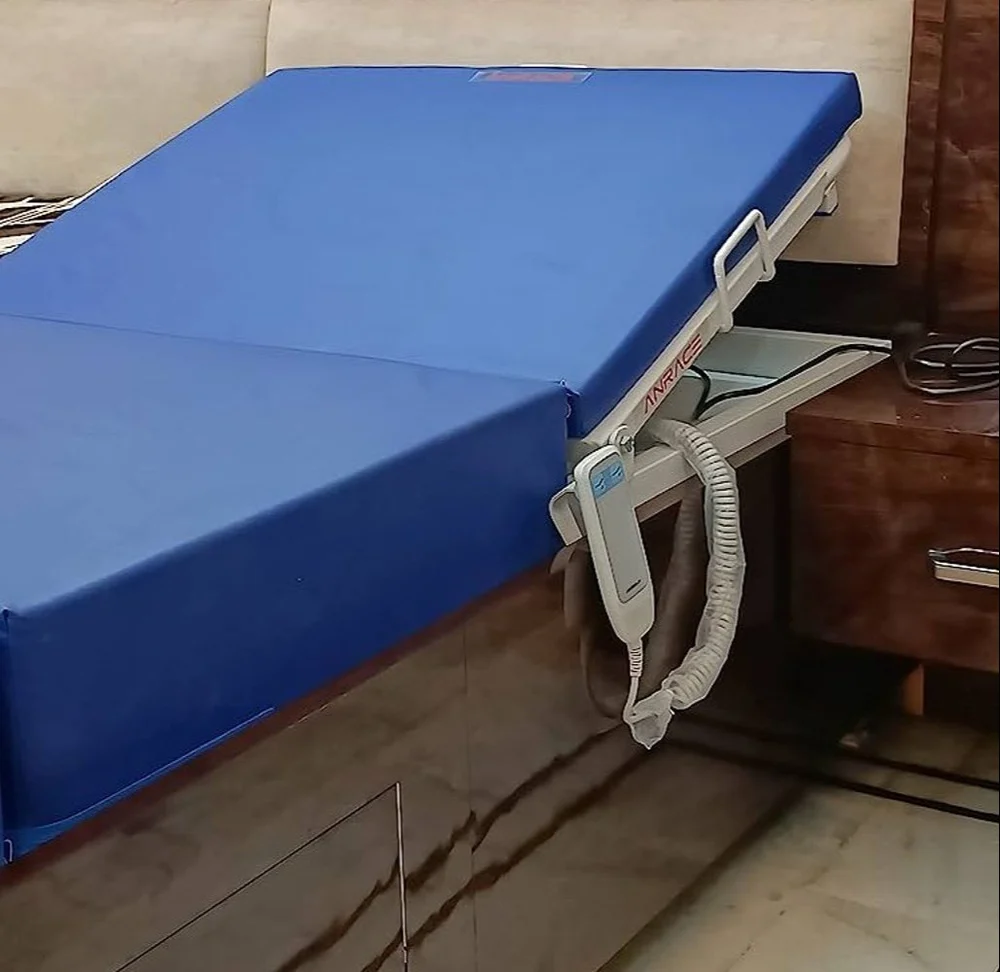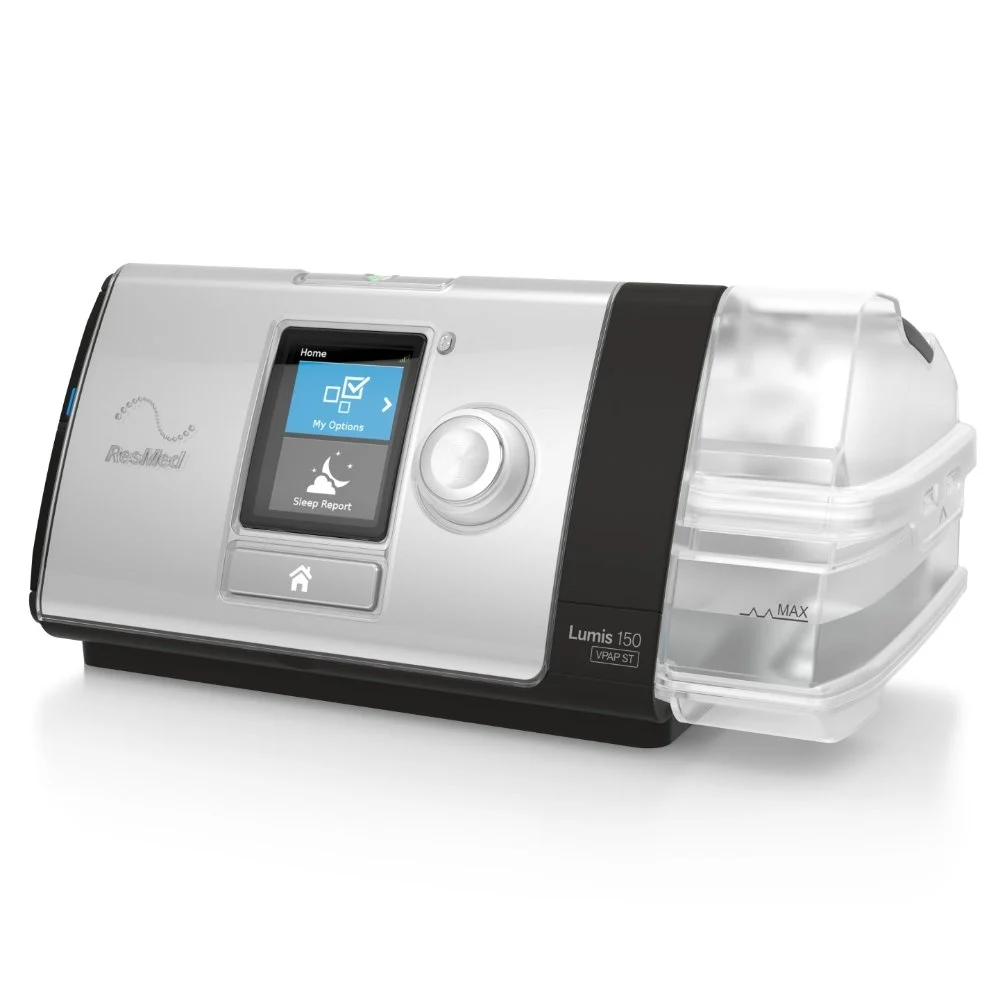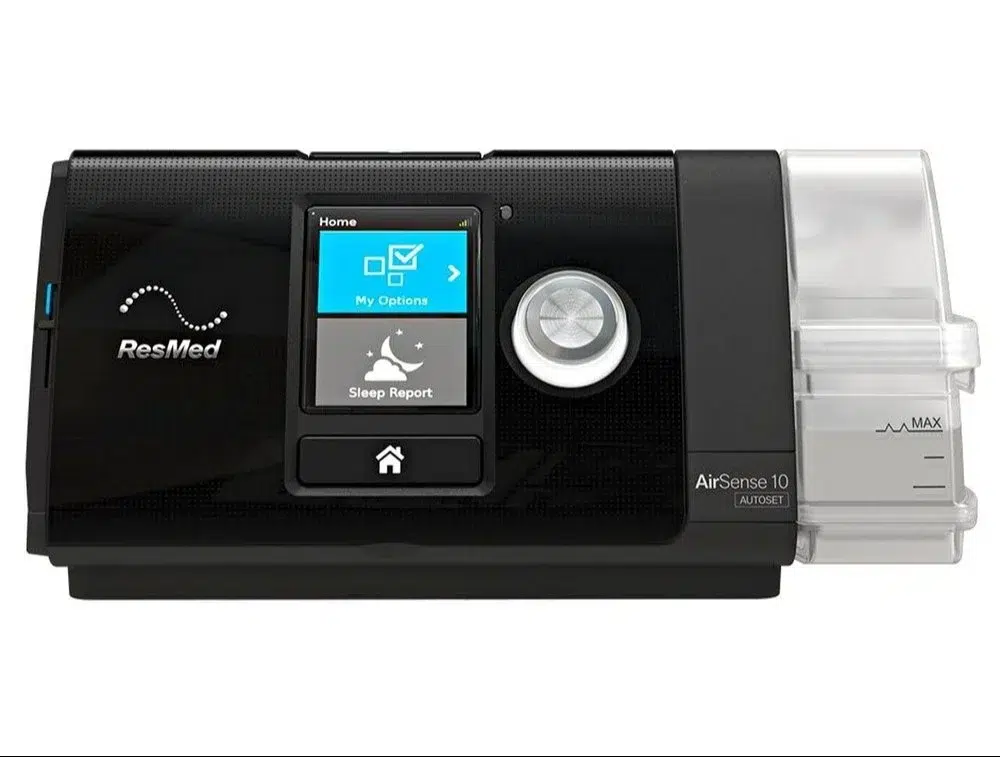The Evolution of Non-Invasive Cosmetic Procedures: Trends and Technologies
The cosmetic industry has witnessed a significant transformation over the last decade, largely driven by advances in technology and a growing consumer preference for less invasive procedures. Once dominated by surgical options that promised dramatic transformations, the beauty industry is now shifting towards methods that offer subtle enhancements and quicker recoveries. This evolution reflects a broader change in societal attitudes towards aging and beauty, where the emphasis is increasingly on maintenance and prevention rather than radical alteration. Find out more about Non-Invasive Cosmetic Procedures.
This article delves into the latest trends and technologies in non-invasive cosmetic procedures. From laser treatments to injectables like Botox, we will explore how these advancements are shaping the future of cosmetic care, making beauty routines less about recovery and more about real-time rejuvenation.
The Rise of Non-Invasive Treatments
Non-invasive cosmetic procedures, defined as treatments that do not require body cavity incisions, are quickly becoming the go-to option for many seeking aesthetic enhancements. These procedures are characterized by minimal downtime, reduced risk, and often, lower cost compared to their invasive counterparts. According to the American Society of Plastic Surgeons, non-invasive treatments have been popular, with procedures like soft tissue fillers and laser hair removal increasing by over 20% in the past five years alone.
The appeal of these treatments lies in their convenience and subtlety. Patients can often schedule them during a lunch break and return to work immediately, with no one the wiser. This ease of treatment, coupled with significant advancements in technology, has made non-invasive procedures a compelling choice for those looking to enhance their appearance without the commitments and risks associated with surgery.
Technological Innovations Driving Change
Laser Treatments
Laser technology has revolutionized skin care, offering solutions for a myriad of concerns, from age spots and hyperpigmentation to acne scars and skin laxity. Modern lasers are highly sophisticated capable of delivering precise wavelengths of light to target different skin issues without damaging surrounding tissues. Innovations such as fractional lasers allow for intensive treatment of small skin areas in multiple sessions, which enhances effectiveness while minimizing recovery time.
New developments in laser technology have introduced picosecond lasers that provide even more precision and effectiveness. These lasers emit energy in picoseconds (trillionths of a second), significantly reducing heat damage to the skin and enhancing the treatment of pigmented lesions and tattoos. This technology represents a leap forward regarding safety and outcomes, making laser treatments an increasingly attractive option.
Ultrasonic Fat Reduction
Another groundbreaking technology in the realm of non-invasive cosmetic procedures is ultrasonic fat reduction. This technique uses high-intensity ultrasound energy to target fat cells, disrupting them without the need for incisions or anesthesia. The body then naturally eliminates the destroyed fat cells. Ultrasonic fat reduction is particularly popular for its effectiveness in reducing localized fat deposits that do not respond to diet and exercise alone.
Advancements in this technology have improved patient comfort and outcomes. Newer devices feature enhanced precision and control, allowing for more targeted treatments with minimal discomfort. These improvements have made ultrasonic fat reduction a preferred choice for body contouring, offering a non-surgical alternative to liposuction with comparable results.
Radiofrequency (RF) Treatments
Radiofrequency treatments are a cornerstone of non-invasive facial rejuvenation. By delivering controlled RF energy to the deeper layers of the skin, these treatments stimulate collagen production and tighten the skin. The result is a smoother, firmer facial appearance. RF treatments are highly valued for their ability to provide noticeable results without downtime or discomfort.
Innovations in RF technology have introduced combination treatments that integrate RF with microneedling. This synergy enhances the delivery of RF energy deep into the skin, optimizing collagen stimulation and improving skin texture and firmness. Such advancements have broadened the applicability of RF treatments, making them effective for a wider range of skin types and conditions.
Focus on Injectables: From Botox to Fillers
Injectables have become synonymous with non-invasive cosmetic enhancements, offering a range of solutions from smoothing wrinkles to enhancing facial contours without the need for surgical intervention.
Botox
Botox, a neurotoxin derived from Clostridium botulinum, is the most widely known injectable used to reduce or eliminate facial wrinkles temporarily. It works by blocking the nerve signals to the muscles, reducing muscle activity and smoothing skin. While Botox is often associated with anti-aging treatments for middle-aged and older adults, there is a growing trend toward using it preventatively. Starting Botox treatments early, in one’s late 20s or early 30s, can prevent the formation of deep wrinkles, present a more youthful look, and help maintain a natural look.
Botox is now being explored for its potential beyond wrinkle reduction. Medical professionals are investigating its use in treating conditions such as migraines, excessive sweating, and muscle spasms. These additional applications are expanding the scope of Botox, making it a versatile tool in both cosmetic and therapeutic fields.
Dermal Fillers
Dermal fillers are another pillar of non-invasive cosmetic procedures used to restore lost volume, smooth lines, or enhance facial contours. These gels are typically made from substances compatible with the body, such as hyaluronic acid, which is naturally found in the skin. Innovations in filler technology have improved their longevity and the naturalness of the results. Modern fillers can last from six months to over a year, and their application techniques have evolved to ensure minimal discomfort and downtime.
New types of fillers are being developed to target specific concerns. For instance, bio-stimulatory fillers like poly-L-lactic acid (Sculptra) stimulate the body’s own collagen production, offering more sustainable and natural-looking results over time. This evolution in filler technology continues to push the boundaries of what non-invasive treatments can achieve, providing patients with more options to address their unique aesthetic goals.
Patient-Centered Approaches in Cosmetic Procedures
The shift towards non-invasive procedures has been paralleled by a more personalized approach to cosmetic care. Today, treatments are highly customized to meet the unique needs and aesthetic goals of each patient.
Importance of Consultation and Personalization
Before undergoing any procedure, a thorough consultation is crucial. This step allows practitioners to assess the individual’s skin condition, discuss their aesthetic goals, and develop a personalized treatment plan. This tailored approach ensures that each treatment aligns with the patient’s expectations and leads to higher satisfaction rates.
Advanced diagnostic tools such as skin analysis devices can provide detailed insights into the patient’s skin health during consultations. These tools measure factors like hydration levels, pigmentation, and elasticity, enabling practitioners to tailor treatments more precisely. This personalized approach enhances outcomes and builds trust and rapport between patients and practitioners.
Enhanced Patient Outcomes
Technological advancements have not only made cosmetic procedures safer but also more precise, leading to improved outcomes. For example, imaging technologies now allow practitioners to visualize the treatment area and simulate results before any procedure begins, enhancing both the accuracy of the treatment and the patient’s confidence in the outcome.
Furthermore, the use of digital platforms for post-procedure care and follow-up has improved patient engagement and satisfaction. Patients can receive personalized skincare recommendations, track their progress, and communicate with their practitioners seamlessly. This technology integration in patient care ensures that the benefits of non-invasive procedures extend beyond the treatment itself, fostering long-term skin health and satisfaction.
Safety and Regulatory Aspects
With the rise in popularity of non-invasive treatments, ensuring the safety and efficacy of these procedures has become paramount.
Regulatory Oversight
In most regions, non-invasive cosmetic procedures are strictly regulated. Devices used in treatments such as lasers and RF machines must meet rigorous safety standards, and practitioners are required to undergo specific training and certification. These regulations are in place to protect patients and ensure high standards of care.
Regulatory bodies continuously update guidelines to keep pace with technological advancements. This proactive approach ensures that new devices and treatments are thoroughly evaluated for safety and effectiveness before being approved for clinical use. Patients can have confidence in the treatments they receive, knowing that they are backed by stringent regulatory oversight.
Choosing the Right Practitioner
One of the most important factors in ensuring the safety of non-invasive cosmetic procedures is choosing the right practitioner. Patients should seek out professionals who are certified in the specific technologies they will be using and who have a good track record of success with these treatments.
It is advisable to choose practitioners affiliated with reputable clinics or organizations. These affiliations often indicate a commitment to ongoing education and adherence to best practices. By selecting a qualified and experienced practitioner, patients can minimize risks and enhance the likelihood of achieving their desired outcomes.
Looking Ahead: The Future of Non-Invasive Cosmetic Procedures
As technology continues to evolve, so too does the landscape of non-invasive cosmetic procedures. Here are some of the trends and potential advancements we can expect to see:
Genetic Skin Care and Personalization
The future of cosmetic treatments may lie in the burgeoning field of genetic skin care, where treatments are tailored not just to the visible symptoms but to the genetic profile of the individual. This approach could potentially revolutionize how we address aging, skin health, and aesthetics, making treatments even more personalized and effective.
Genetic testing can reveal predispositions to various skin conditions, allowing practitioners to develop preventative and targeted treatment plans. This level of customization ensures that each patient receives care that is precisely aligned with their unique genetic makeup, leading to more effective and sustainable results.
Advanced Imaging and Simulation Technologies
Further advancements in imaging and simulation technologies will continue to improve the precision of non-invasive procedures. With enhanced 3D imaging, practitioners will be able to offer even more accurate previews of expected results, which will help in setting realistic expectations and achieving higher patient satisfaction.
Integration of Artificial Intelligence
Artificial intelligence (AI) is set to play a significant role in cosmetic procedures by enhancing diagnostic tools, predicting treatment outcomes, and even guiding laser systems during procedures to optimize results and minimize human error.
AI algorithms can analyze vast amounts of data to identify patterns and trends that may not be apparent to human practitioners. This capability enables more accurate diagnoses and personalized treatment recommendations. Additionally, AI-driven devices can provide real-time feedback during procedures, ensuring optimal treatment delivery and minimizing risks.
Embracing Technology in Beauty Treatments
In conclusion, the evolution of non-invasive cosmetic procedures is a testament to the remarkable strides made in medical technology. These advancements have not only made cosmetic enhancements more accessible and safer but have also emphasized the importance of a patient-centered approach in aesthetic medicine.
Recap of Key Points
- Non-invasive procedures are increasingly popular due to their efficacy, safety, and minimal downtime.
- Technological innovations like laser treatments, ultrasonic fat reduction, and radiofrequency therapies are at the forefront of this shift.
- Injectables such as Botox and dermal fillers continue to be popular for their immediate results and preventive benefits, particularly when started early to maintain a natural appearance.
- Patient safety and satisfaction remain paramount, with stringent regulations and the need for qualified practitioners being more critical than ever.
Final Thoughts
The current era offers exciting possibilities for those considering cosmetic enhancements. Noninvasive procedures can provide significant aesthetic improvements with minimal interruption to daily life. However, the importance of consulting with experienced and certified professionals cannot be overstated. As we look forward to further innovations in this field, the integration of technology in cosmetic treatments promises enhanced beauty and greater personalization and satisfaction.
By maintaining a vigilant approach towards safety and embracing the latest technological advancements, cosmetic procedures continue to evolve, promising better and more effective treatments for everyone seeking aesthetic improvements.
This comprehensive exploration of non-invasive cosmetic procedures reflects the current state of the art and points to a future where beauty treatments are safer, more effective, and tailored to individual needs. Whether it’s through early interventions with Botox to maintain a youthful appearance or the use of cutting-edge technologies that ensure precise and satisfying results, the realm of aesthetic treatments is entering a new era of innovation and patient-centric care.
*****
latest Blogs
categories
Categories
- Beauty Tips
- COVID-19
- Fitness tips
- Health & Wellness
- Health & Wellness Equipment
- Health and Wellness
- Health care
- Health Tips
- Healthcare & Medical Equipment Rental
- Healthcare Solutions
- Healthy Eating
- Home Healthcare Solutions
- Hospital Bed Rentals
- Life Style
- Medical Equipment Rentals
- Mental Health
- Nebulizer Machines
- Nursing Care Services
- Patient Care Solutions
- Prime Healers community
- Product information
- Product Review
- Renting an Oxygen Concentrator
- Respiratory Care
- Respiratory Care Solutions
- Uncategorized
- Wheelchair and Hospital Bed
- Wheelchair for Festivals



